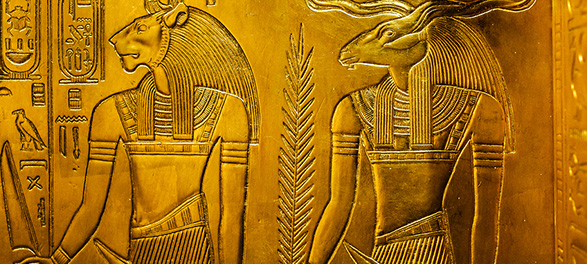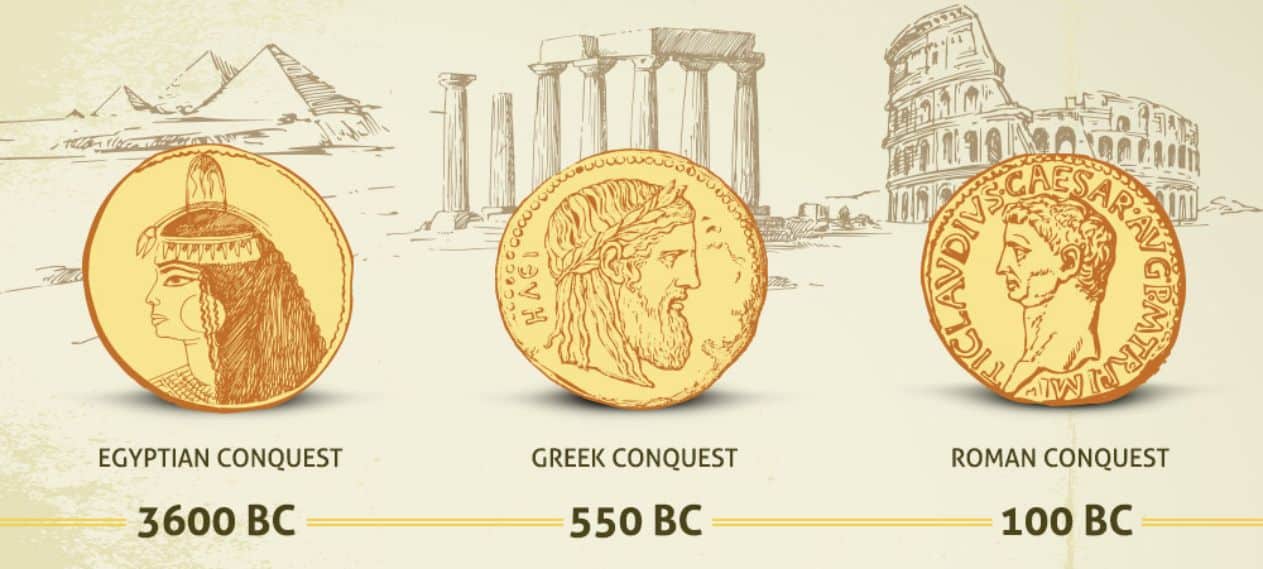Unearthing Gold: A Historical Retrospect
From its mesmerizing discovery in streams and rivers to its lasting legacy in human civilization, the captivating journey of gold unveils a rich tapestry of history and innovation.

Ancient Origins
Tracing back to 4000 BC, Eastern European cultures pioneered gold’s use, initially adorning ornaments and sacred idols. Egypt’s leveraging of its Nubian gold-rich region around 1500 BC marked a pivotal era, introducing the Shekel—a gold-silver alloy coin—ushering gold into international trade.
Innovations and Evolution
The evolution of gold witnessed Babylonians’ fire assay technique, still relevant today for testing gold purity. Egypt’s innovations in alloying gold with diverse metals strengthened its resilience and introduced vibrant hues. Techniques like lost-wax casting birthed intricate gold sculptures, echoing in contemporary artistry.
Emergence of Gold Coinage
In 560 BC, Lydia introduced pure gold coinage, followed by Rome minting the Aureus, affirming gold’s symbol, “Au,” in the periodic table. The progression continued as England established metallic coin-based systems and issued renowned gold coins like the Florin in 1284.
Global Impact and Influence
Italy’s Republic of Florence introduced the influential gold Ducat, reigning supreme in global trade for centuries. America entered the narrative in 1787 with its first gold coin, leading to a silver-gold standard by the Coinage Act of 1792. However, by 1976, the U.S. transitioned entirely to fiat money, bidding farewell to the gold standard.
Iconic Events and Shifts
The discovery of gold in California in 1848 sparked the iconic California Gold Rush, shaping the American West and embedding its memory in cultural milestones like The Oregon Trail. South Africa contributed significantly, mining 40% of the world’s gold after George Harrison’s discovery in 1868.
The Rise and Fall of the Gold Standard
Despite its adoption as a global currency standard, the gold standard faced challenges. Fixed gold quantities tied to currencies led to a limited money supply and hindered economic recovery during the Great Depression. World War I’s impact and subsequent hoarding prompted nations to temporarily suspend the standard, later leading to its widespread abandonment, officially ending in 1976.
The Ongoing Debate
Advocates and critics continue to deliberate the gold standard’s merits. While praised for restraining inflation and fixing exchange rates, its limitations on economic growth led to its abandonment. Opinions remain divided, with some advocating its reinstatement for stability while others perceive it as restrictive and prone to economic pitfalls.
The enduring debate underscores the intricacies of economic systems. Gold’s enchanting history casts a shadow on modern financial landscapes, exemplifying the multifaceted nature of global economics and its ongoing evolution.

